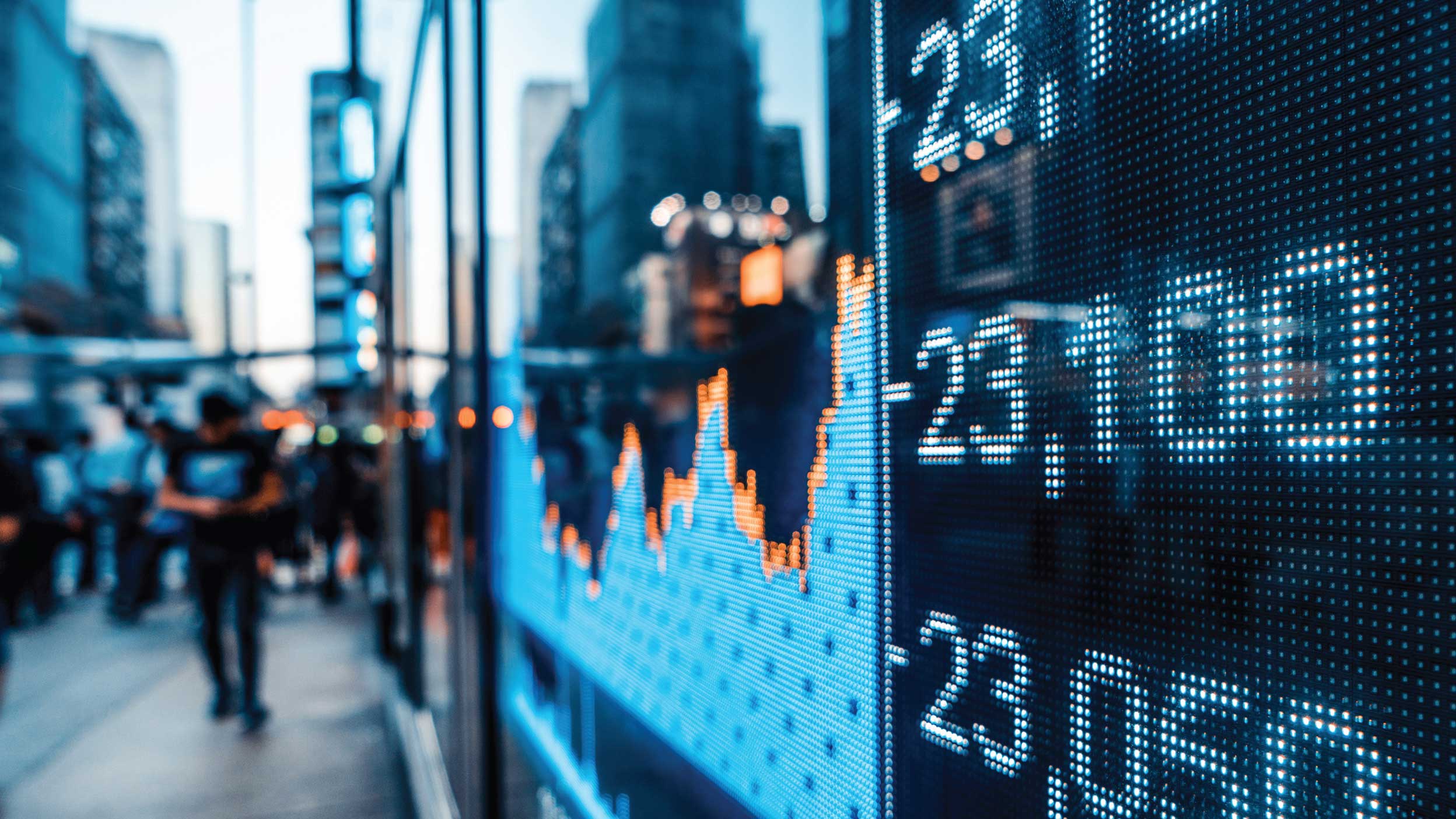
Markets and Economy US stocks bear the brunt of global economic uncertainty
he global economic outlook is uncertain, yet European, UK, Chinese, and Japanese stocks all rose last week while US stocks fell.

There are still many unknowns about the virus including how it spreads, what the fatality rate will prove to be, and whether scientists will be able to control it somewhat in the near future through improved treatment or a vaccine. Developments in the last week have made it clear that the spread of the COVID-19 coronavirus is unlikely to be contained and that it is something the world will likely have to deal with on an ongoing basis. This uncertainty is beginning to change people’s behavior and is having an impact on the markets.
The spread of this virus is first of all a humanitarian issue, but for the balance of this note we will discuss the economic and market impact of the spread.
Until recently the biggest impact of COVID-19 had been seen in China, where the virus originated. Most infections and fatalities have been in China, and the country has taken aggressive measures to contain the spread of the virus. These aggressive measures, including quarantine, have had a significant impact on growth in China, which has essentially stalled in the first quarter of this year, and global growth has been slowing sharply as a result. China is now returning to work as policymakers have started to prioritize supporting the economy. Growth is running well below pre-virus levels at this point, but it is on an improving trend currently.
The spread of the virus broadly beyond China will now begin to impact global growth more substantially as containment measures impede economic activity, and fear and uncertainty impact risk-taking. At this stage it is difficult to quantify the impact on global growth, but it is clear growth will be quite weak in Q1 and potentially in Q2 of this year across much of the global economy.
The key for markets, however, is whether growth recovers after a period of weakness and how much support global policymakers provide for the economy and markets going forward.
Before the advent of the virus, the global economy was expected to be in an extended cycle, with growth improving mildly in 2020. In the positive scenario, where we learn to live with or manage the virus, growth should be able to return to an extended positive trend after a near-term period of weakness. This outcome would provide a positive backdrop for stabilization in global markets from current levels. In the negative scenario, where we experience poor medical outcomes, we could see a much more extended period of economic weakness.
Policymakers stand ready to try to support the global economy, which is also a positive for growth going forward. Markets are expecting the Federal Reserve to cut rates, and central banks should be willing to add liquidity to stabilize growth and markets, which should help to ameliorate worst case market outcomes.
Going forward we will learn much more about this virus and how it is likely to impact people, global growth and markets. We are keen to monitor the process by which quarantined Chinese citizens return to work, to gain insights as to how the rest of the globe may handle this. We are also keen to get further insights in to how the virus spreads and what the ultimate fatality rate is likely to be for those infected — there are still many unknowns in this area.
It is appropriate to be cautious from an investment perspective given the unknowns, but it is also clear that policymakers are supportive. There is the possibility that we will avoid many of the worst-case outcomes — both medically and economically — that are currently driving markets. As we consider impacts to global and regional growth, our teams will also consider the impact to specific asset classes, companies, and issuers. Specific entities and their financial results will be impacted differently. While much is still unknown, assessing drivers of individual operating results — including understanding the impact to supply chains and disruption in demand — will be critical to both manage risk and capture opportunities in this period of heightened volatility and uncertainty.

he global economic outlook is uncertain, yet European, UK, Chinese, and Japanese stocks all rose last week while US stocks fell.

Six things for investors to watch in the coming weeks, including US Treasury yields, US and European sentiment, US earnings guidance, and Chinese economic data.

Welcome to Uncommon Truths, Paul Jackson and Andras Vig’s regular in-depth look at the big topics impacting markets.